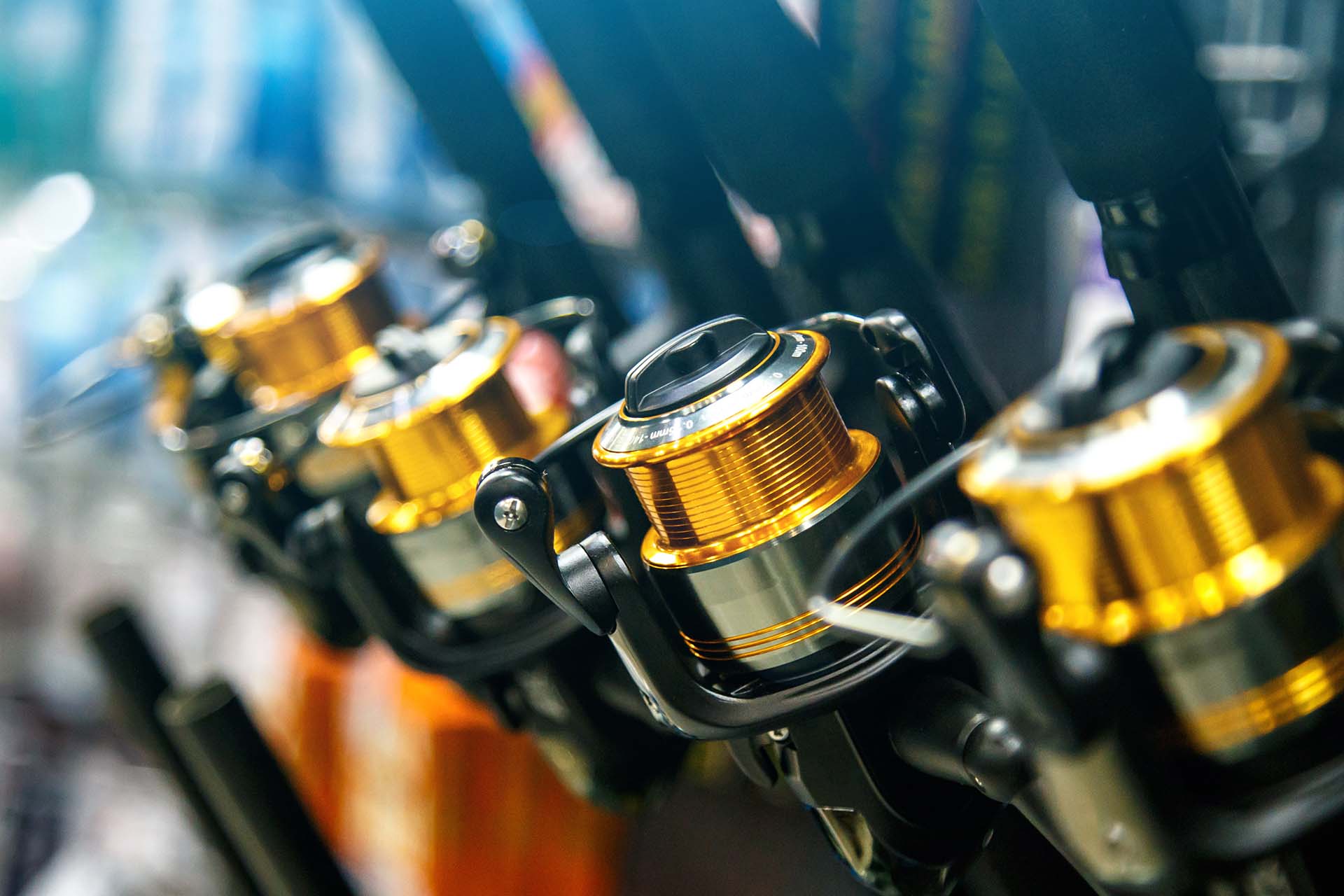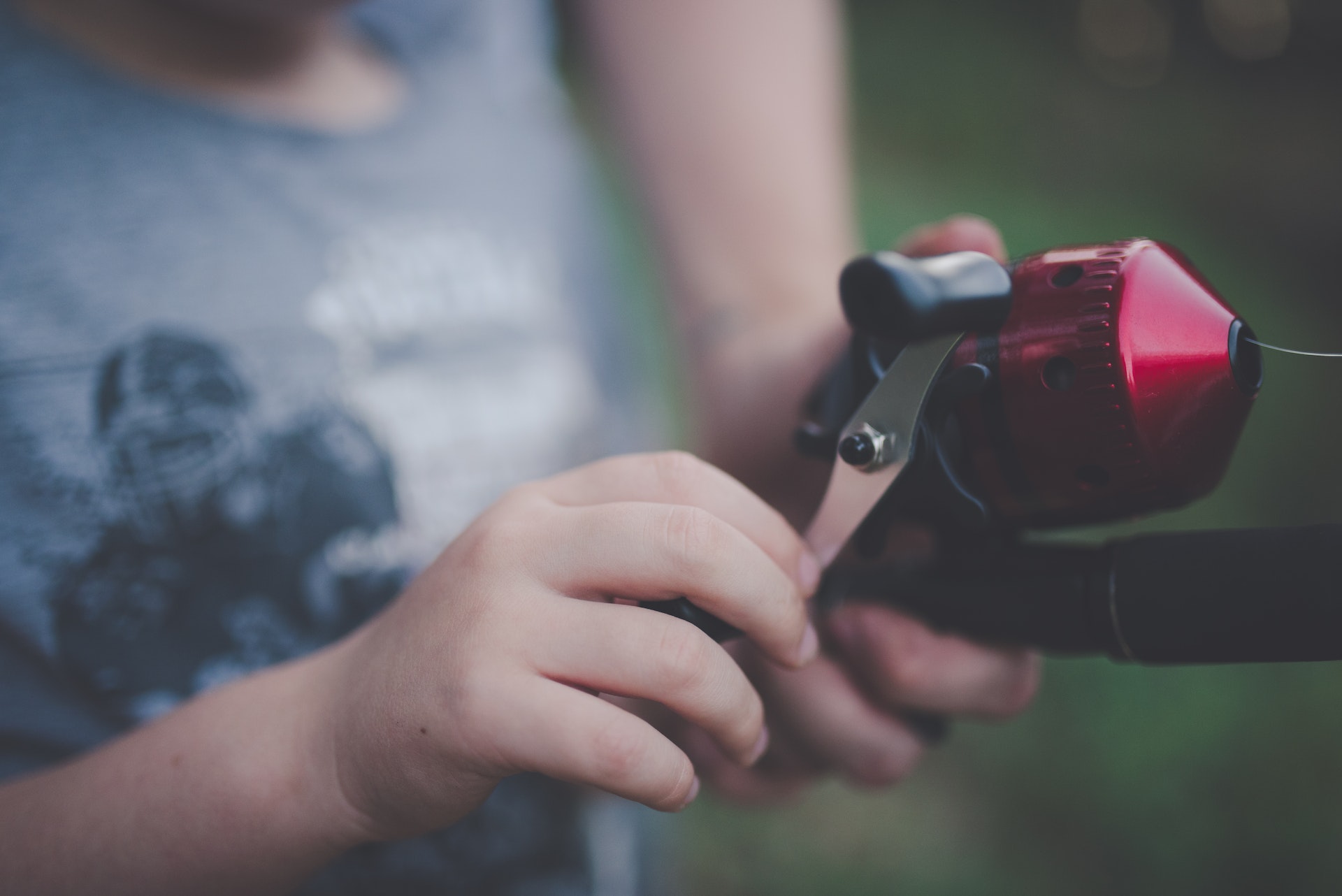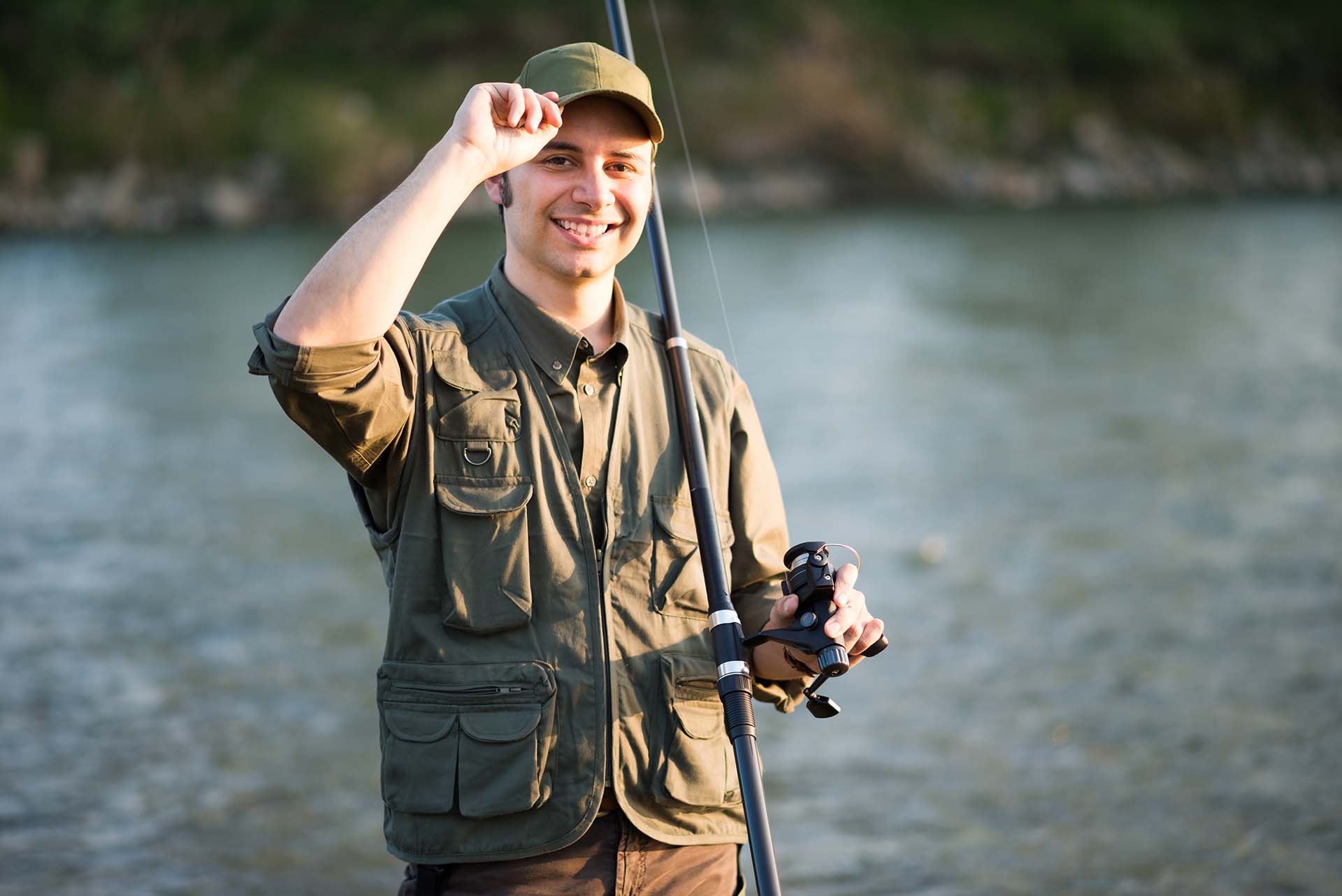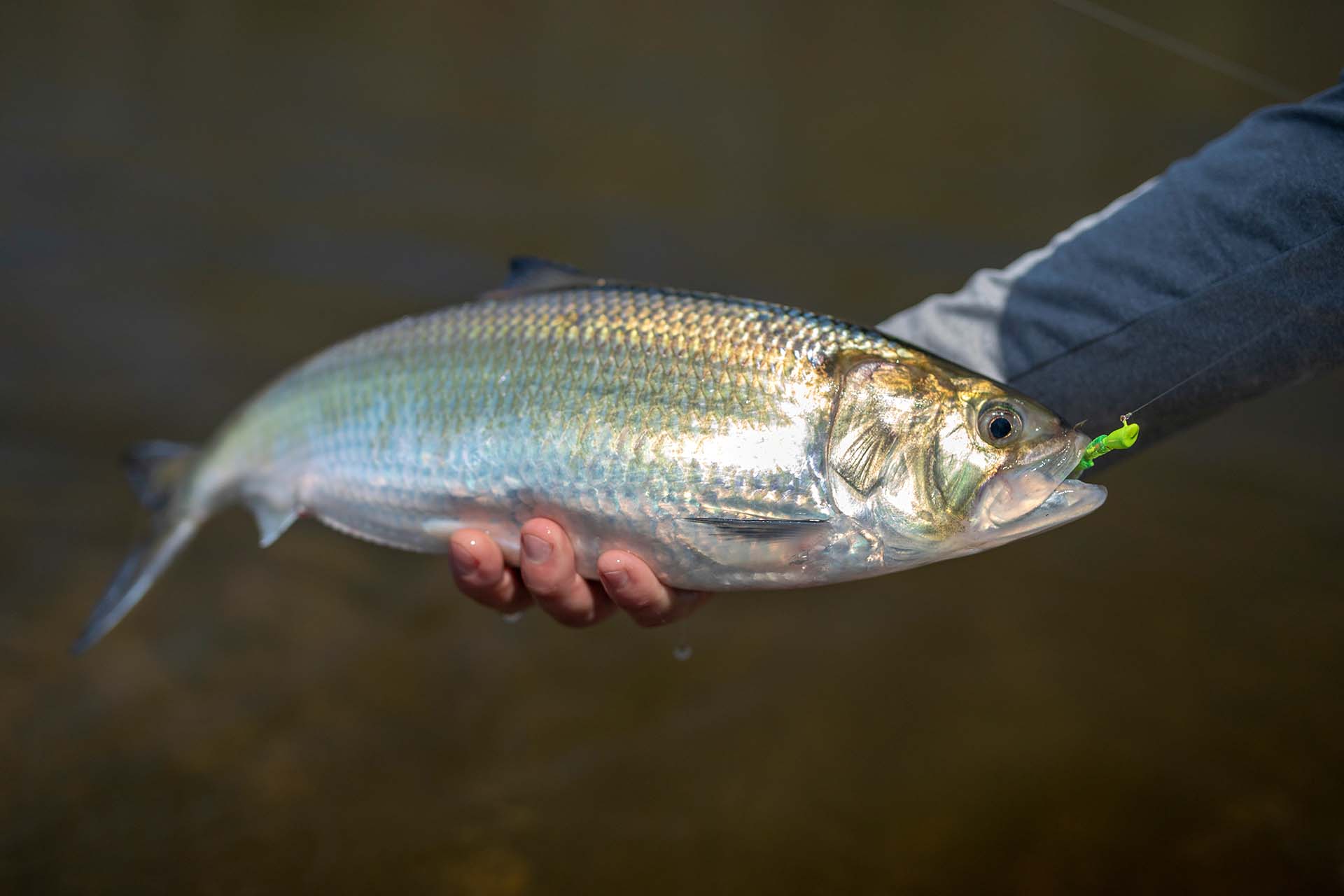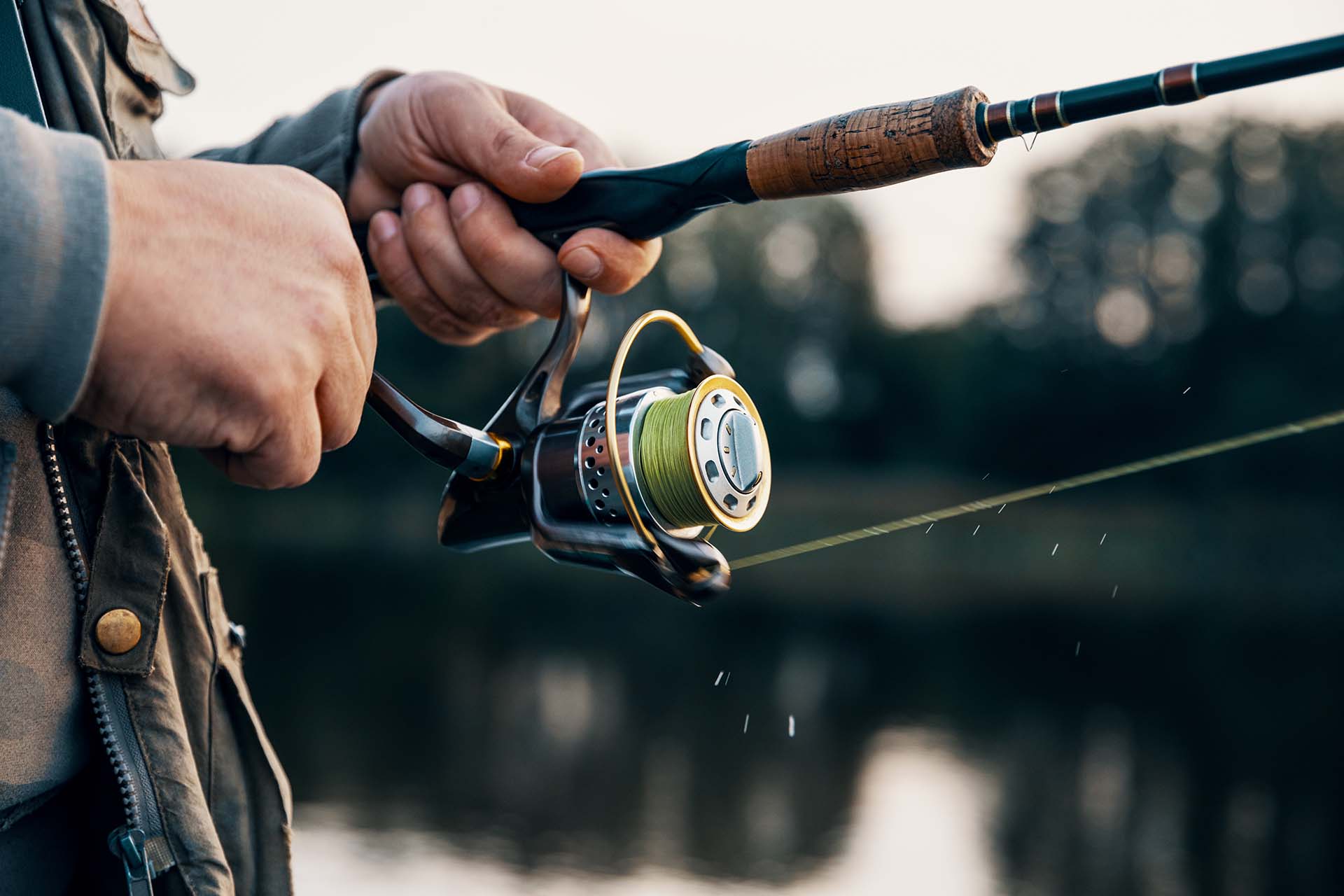If you’ve ever found yourself pondering the age-old fishing rod and reel debate, you’re in good company. Spinning vs. baitcasting – it’s a conundrum that’s as old as the fish themselves. That’s why we’ll untangle the lines, cast some wisdom, and help you navigate these treacherous waters. So, let’s reel in some curiosity and dive into the fascinating world of fishing gear.
Let’s Start With the Basics of Fishing Reel Techniques
Fishing, an age-old pastime, has seen its fair share of angling techniques evolve over the centuries. From the rudimentary poles of ancient times to the sophisticated gear of today, the journey of fishing technology mirrors humanity’s ingenuity.
Baitcasting vs. spinning – two prevalent methods in modern times are using gear that either provides precision control for experienced hands or unwinds freely for distance. These angling styles, though differing in mechanics and skill levels required, share a common goal – the thrill of the catch.
Spinning Reel Features Are Fairly Straightforward and Suitable for Beginners
If you’re a beginner fisherman just starting out your journey, this type of reel stands out for its ease of use. This user-friendly gadget is characterized by:
- Its straightforward mechanics make it easy to understand and operate,
- This piece allows for smooth and effortless casting,
- Whether you’re aiming for a small creek or a larger body of water, this reel adapts with ease,
- Mistakes are part of learning, and this piece is less likely to tangle or cause issues for novices,
- They are usually more budget-friendly, making them a great starting point for beginners.
Baitcasters Are a Common Part of Professional Angling Equipment
For the seasoned angler, precision and control are key. While there are good baitcaster options for beginners, most pieces are built for targeting specific areas and handling larger, more challenging catches.
Their robust construction and customizable settings cater to the rigorous demands of frequent use and varied fishing conditions. While they present a steeper learning curve, mastering these reels is a badge of honor among dedicated enthusiasts, making them a cherished component in any experienced angler’s collection. Besides the aforementioned two, there’s one more popular option – a spincast reel. Before we dive into our battle for today, here’s an overview of all three:
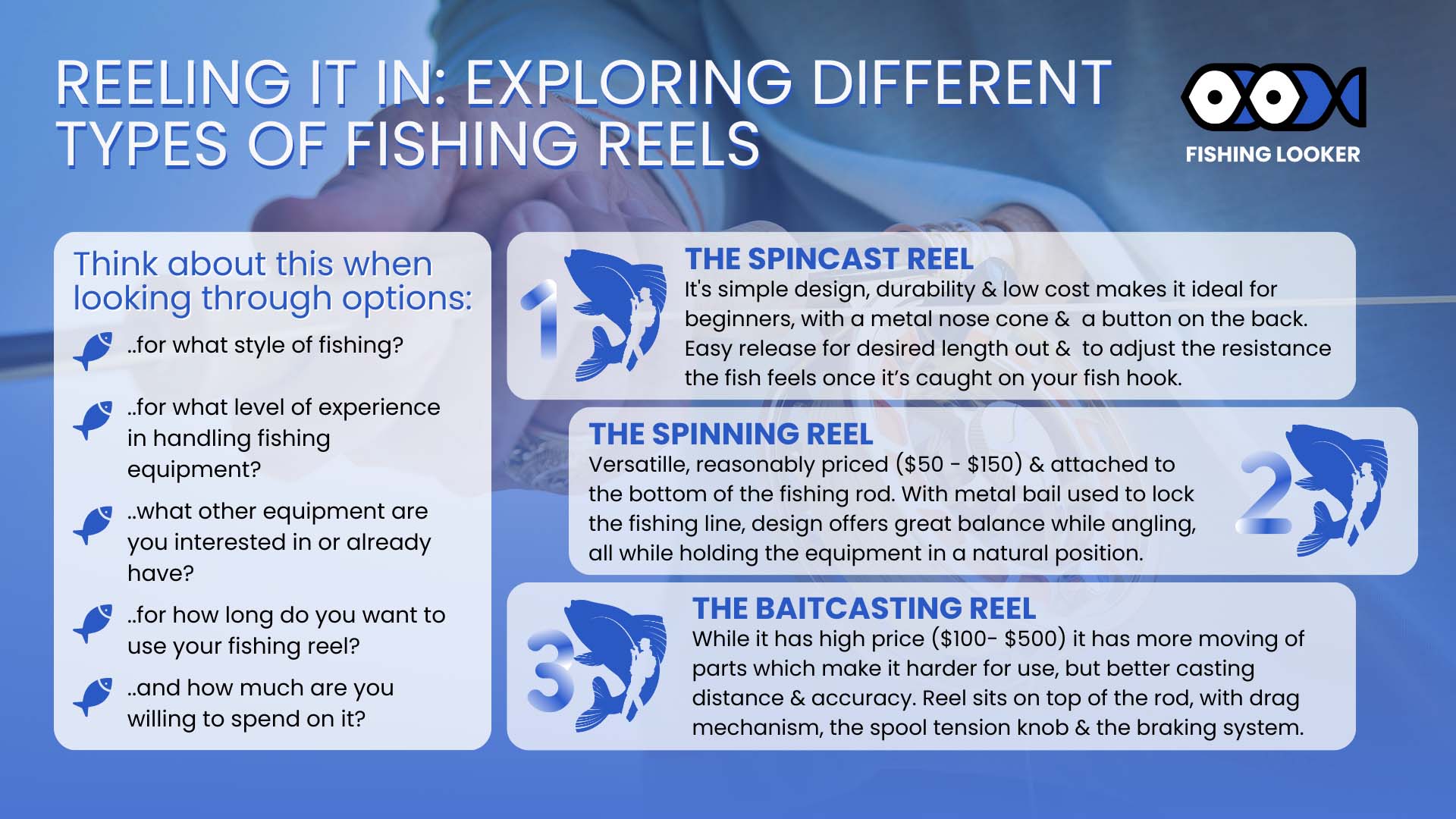
Spinning vs. Baitcasting Reels – The Pros and Cons of These Casting Methods in Angling
In the angling world, choosing the right piece is as much about personal preference as it is about the technical advantages of your available options. So, before we delve any deeper into this age-old battle, let’s take a quick look at the main advantages and disadvantages of these casting setups:
| Type | Pros | Cons |
|---|---|---|
| Spinning Reel | User-friendly, offers smooth casting, and is generally more affordable | Can be less precise than baitcasters and offers limited casting |
| Baitcasting Reel | Offers longer casting distances and excellent precision | Has a steep learning curve and requires a lot of practice to avoid tangling |
Tips for Picking Out the Perfect Spinning Reel
Spinning reels, known for their straightforward mechanics, are a go-to for many anglers. My personal favorite is the KastKing Spartacus II, and I’ve been using it for years now. If someone asks what to start with, I always recommend this particular piece, as it’s one of the most effective beginner-friendly spinning setups. Here’s what you should consider when trying to find your perfect fit:
- Size – choose a size that matches your targeted fish species and line weight,
- Gear ratio – a higher gear ratio for quick retrieves, or a lower one for more power,
- Drag system – reel bearings and smoothness are key to an easily adjustable piece,
- Material and construction – durability matters, especially if you’re targeting saltwater species,
- Handle comfort – this ensures a better overall experience throughout the whole day.
Tips for Selecting Your Next Favorite Baitcaster
Baitcasters, favored by seasoned anglers for their precision, require an equal amount of careful consideration. I use the Lew’s Mach I Speed Spool and I’ve never been left disappointed after a day of fishing with it. Here are the most important aspects you should take into account:
- Gear ratio – high baitcasting gear ratios are perfect for fast retrieves and lower ratios should be used for power fishing,
- Braking system – essential for managing casting and reducing the likelihood of backlash,
- Frame and construction – look for robust materials that withstand heavy use,
- Line capacity – important for targeting larger species and deep-sea fishing,
- Spool size – affects line capacity and casting distance.

Baitcasting Rod vs. Spinning Rod – What’s the Deal With Mixing and Matching?
When we wade into the waters of the baitcasting reel vs. spinning reel debate, we’re actually not just talking about reels. It’s like deciding between peanut butter and jelly – both are great, but they’re even better when perfectly paired with their other half.
The fishing rods, in this case, are the bread to our reel’s spread, an indispensable part of the whole angling sandwich. So, let’s take a moment to understand the nuances behind rod and reel compatibility and why mixing and matching might just be the secret sauce to a successful outing.
The Basics of Spinning Rods and Their Effectiveness in Various Conditions
Designed with simplicity and versatility in mind, spinning rods typically have a flexible, forgiving nature, making them ideal for those who are still dipping their toes in the angling world. Their lightweight design and ease of use make them a popular choice for freshwater environments. However, there are also plenty of excellent saltwater spinning rods, such as the KastKing Crixus Fishing Rod.
But don’t let their easy-going nature fool you. These pieces are more than capable of handling a variety of styles and conditions. Whether you’re targeting small panfish in a serene lake or casting for largemouth bass, these rods adapt like chameleons.
Here’s What to Consider When Selecting Your Next Baitcasting Rod
In contrast, baitcasting rods require a bit more finesse but offer precision and power in return. They are typically sturdier and more robust, designed to complement the control and accuracy that their adjacent reels bring to the table. The casting distance and accuracy are especially evident in most high-quality models, such as the St. Croix Premier.
But with great power comes great responsibility. They excel in situations where strength and precision are paramount. Think big bass in heavy cover, or muscling pike out of their weedy hideouts. When it’s time to go toe-to-fin with the heavy hitters, it’s your trusty sidekick, ready to rise to the challenge.
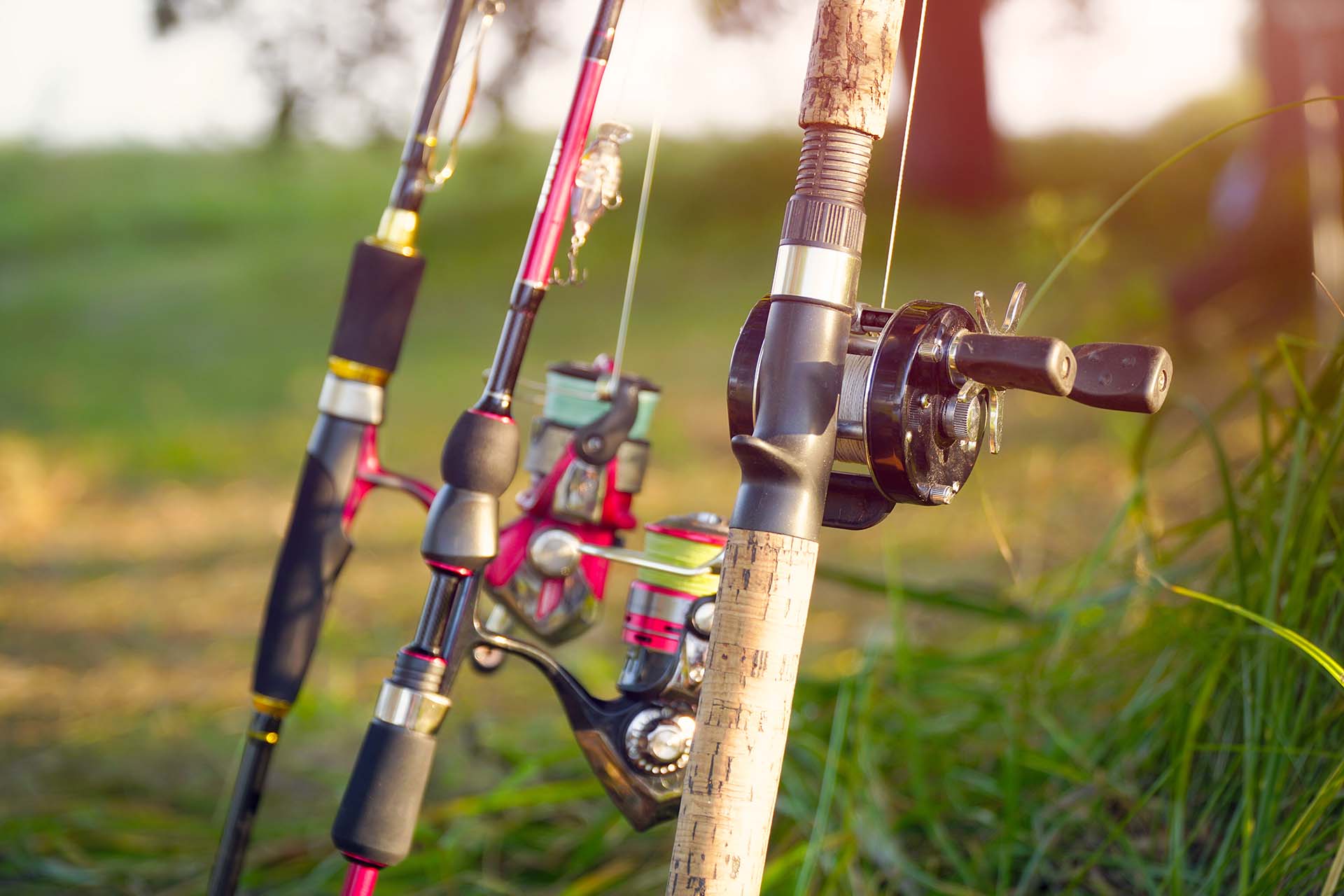
Hook, Line, and Sinker – Matching Reel Technique to Your Skill Level
Navigating this exciting sport is a bit like learning to dance – it takes two to tango, and in this case, it’s you and your gear. It’s about finding that sweet spot where skill, style, and equipment come together in a beautiful ballet on the water.
So, let’s cast a line into the sea of knowledge and reel in some wisdom. Here are some common mistakes you should avoid with both of these methods:
Overcomplicating the Cast
One of the most common missteps for beginners is turning their cast into a high-drama event. No matter the angler’s reel choice, the key is smooth, controlled motion. With spinners, it’s often about getting the timing right – releasing the line too early or too late can send your lure into an orbit you didn’t plan.
For baitcasters, the trick is to let the weight of the lure do the work. Overpowering the cast can lead to the dreaded backlash, also known as a bird’s nest. Like a good golf swing, it’s all about rhythm, not force.
Ignoring the Importance of Balance
Using a heavy lure on a light line with a spinning reel? That’s like wearing hiking boots to a ballet. Similarly, loading a heavy-duty baitcaster with lightweight tackle is like revving a sports car in first gear. The imbalance can make casting inefficient and rob you of sensitivity to bites. Ensuring your line, lure, and rod are in harmony leads to a smoother, more effective fishing experience.
Neglecting the Drag System
Both spinners and baitcasters come equipped with unique drag systems, controlling how much resistance a fish feels when it takes your bait. Too tight, and you risk snapping your line or losing the fish. Too loose, and the fish could run away with your bait. Regularly checking and adjusting the drag setting according to the conditions and the fish you’re targeting can make a world of difference in landing that catch.
Maintenance of Fishing Reels and Rods – How to Make Most of Your Equipment for Years to Come
Regular upkeep is the secret sauce to ensuring each and every piece of your angling equipment doesn’t just survive but actually thrives for years to come. Whether it’s a trusty old fishing rod or a shiny new reel, a little TLC can go a long way in keeping it in shipshape.
Let’s dive into some practical tips to keep your fishing arsenal ready for any adventure:
- Rinse your rods and reels with fresh water after each outing, especially if you’ve been fishing in saltwater,
- Ensure all components are completely dry before storing, as moisture is the nemesis of long-lasting gear,
- Check for any signs of wear or damage, such as cracks in the rod or frayed lines,
- Use a quality oil or grease to lubricate the moving parts of your reels,
- Avoid leaving your gear in direct sunlight or in extremely hot or cold conditions,
- Change your fishing line regularly to avoid weakening, which could lead to lost catches,
- Inspect the guides on your rod for any nicks or rough spots that could fray your line.
Reeling It in and Casting off With Confidence
As we reel in our exploration, it’s clear that this world is as diverse as the fish in the sea. Equip yourself with knowledge, respect your gear with regular maintenance, and most importantly, enjoy every cast and catch. After all, the whole ordeal is not just about the fish you land – it’s about the stories you create. So, tighten your lines, set your drags, and cast off into the vast, exciting waters with newfound confidence!
Frequently Asked Questions
Can I Use the Same Fishing Line for Both Spinning and Baitcasting Reels?
While you can use many types of fishing lines on both types, it’s important to match the line to the reel’s capabilities and intended use. Baitcasters work better with more abrasion-resistant lines, while spinners work best with lighter, more flexible lines for easier casting and handling.
How Do I Know if a Fishing Rod Is Compatible With My Reel Type?
The key to matching a rod with your reel is to check the rod’s specifications for line and lure weight and ensure they align with your reel’s capabilities. Generally, rods designed for spinning reels have smaller guides. Baitcasting rods feature larger guides closer to the reel and a seat that fits the baitcaster’s profile.
Is There a Significant Difference in Casting Distance Between Spinning and Baitcasting Setups?
Yes, there can be a noticeable difference in casting distance. Baitcasting setups typically allow for longer casting distances, especially with heavier lures, due to their design and the way the line comes off the reel. Spinning setups, while offering more ease of use and versatility with lighter lures, may not achieve the same distance.

